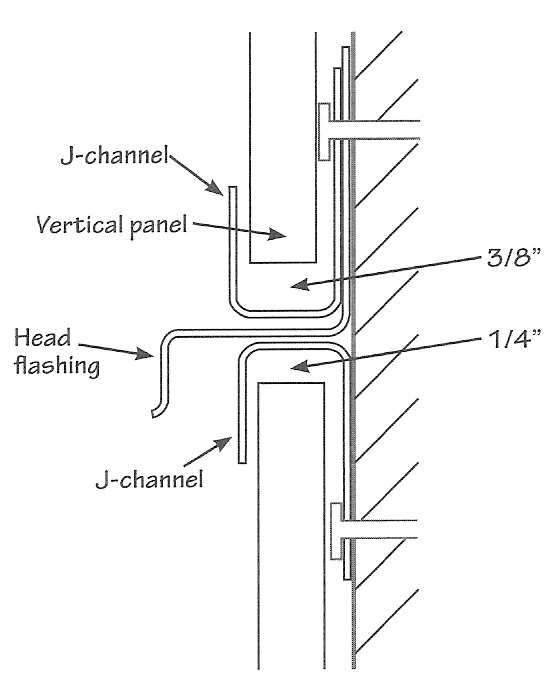|
|
|
We are your source for quality siding installation and replacement windows.
|
|
|
 How to chose a Vinyl Siding Contractor
The first thing you should do is find out if the contractor is
VSI Certified, and if their installation techniques conform to the Industry standard ASTMD 4756. There are several questions you should now be asking yourself:
- What does VSI Certified mean?
- What is ASTMD 4756?
- Why does it matter?
- How do I know if a contractor has properly installed my siding?
- VSI Certification is an Industry Standard of training which specifies how vinyl siding should be installed. To become certified, installers must pass tests and keep updated with proper installation techniques. But to you, the home-owner, the most important part is that VSI Certified Installers have to make sure the siding is installed correctly, or else they can loose their certification.
How? VSI Inspectors regularly come on-site, unannounced, to inspect an on-going installation.
- Industry standard ASTMD 4756 outlines how siding should be installed. It denotes specific nailing patterns, siding details, and waterproofing techniques. These are important because vinyl siding is not inherently waterproof. It must be flashed properly to prevent water from getting in. There are many ways a "cheap" installation can spell major trouble down the line, but if the standards are followed, you won't have such problems.
 How to Spot a Bad Siding Installation
- Check for head flashing on windows and doors. There needs to be a drip-cap flashing above all windows and doors. If there is none, this is an easy way for water to get under the siding.
- Check for bad J-Channel cuts. Check the joints around the windows, doors, and eaves. You should see tight joints. If not, water could find it's way in.
- Look for loose pieces of siding or fascia. If it's not properly attached, it will be loose, and may even come down during a strong wind.
- Any protrusion (pipes, dryer vent, etc.) coming through wall must be flashed properly to prevent water from getting behind the siding
- People think wrapping a house in Tyvek makes a house watertight. That is not true. Tyvek is often a waste of money, and original formulations of the material broke down such that had completely disintegrated in less than 2 years. While Tyvek no longer breaks down that fast, it is still not a source of a watertight home. Only if a house is properly flashed, can it be watertight.
Example 1: Note the flashing titled "Diverter" in the image.
This flashing, if left out, would cause a rotten wall:

|
Example 2: This image demonstrates how Vinyl siding should be fitted under a window.

|
Example 3: Note here the head flashing installed above the door or window.
This flashing, if left out, would allow water to enter around doors and windows.

|
Example 4: This is another example of head flashing above a door or window.

|
Example 5: Note the flashing all around the window. This window has a nail fin (for attaching the window to the wall) and this flashing is necessary when installing Vinyl siding. The flashing should be sealed with a continuous bead of sealant (caulk) around the nail fin.

|
Example 6: This image demonstrates how Vinyl siding should be fitted around a protrusion.

|
|